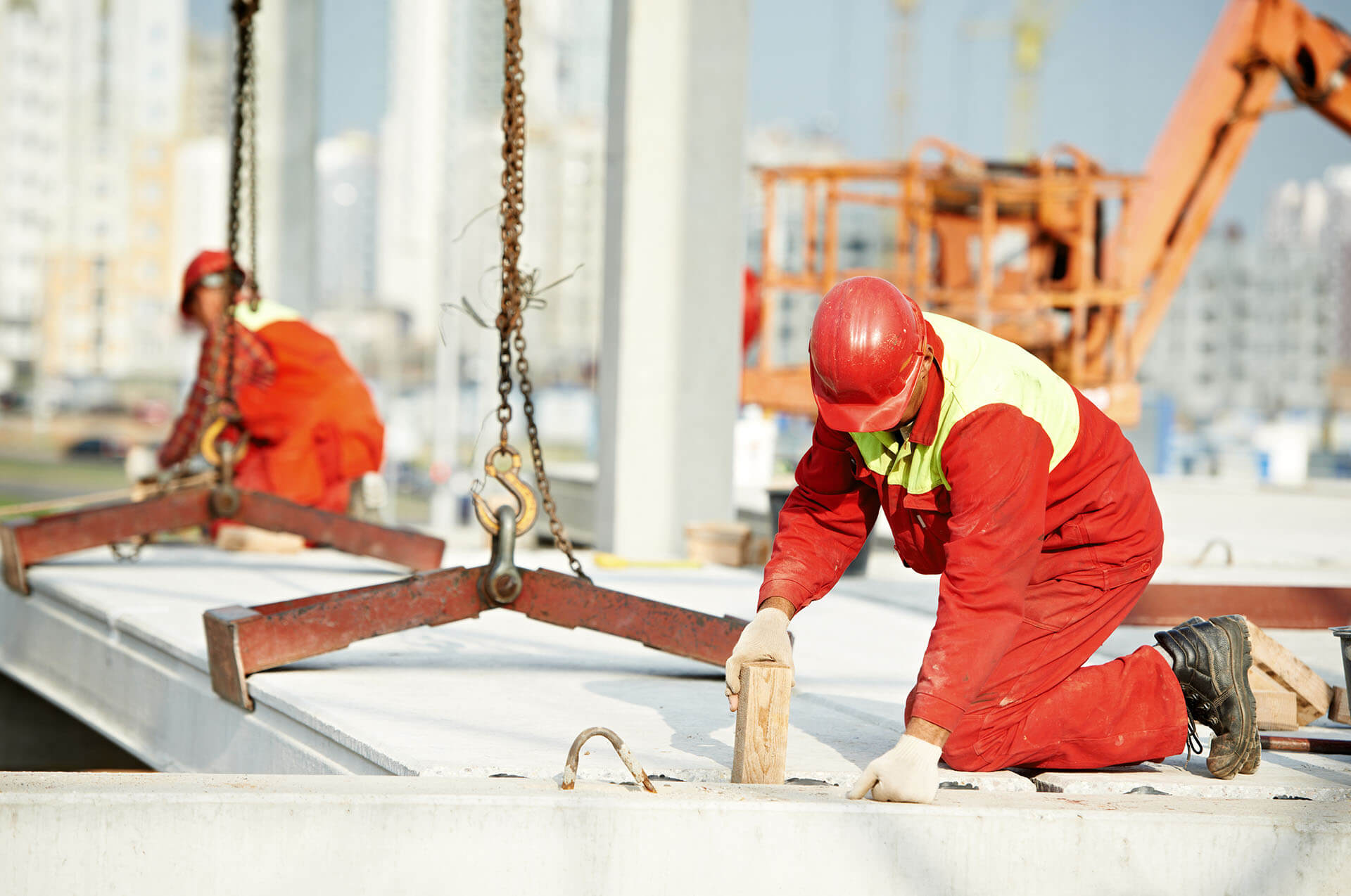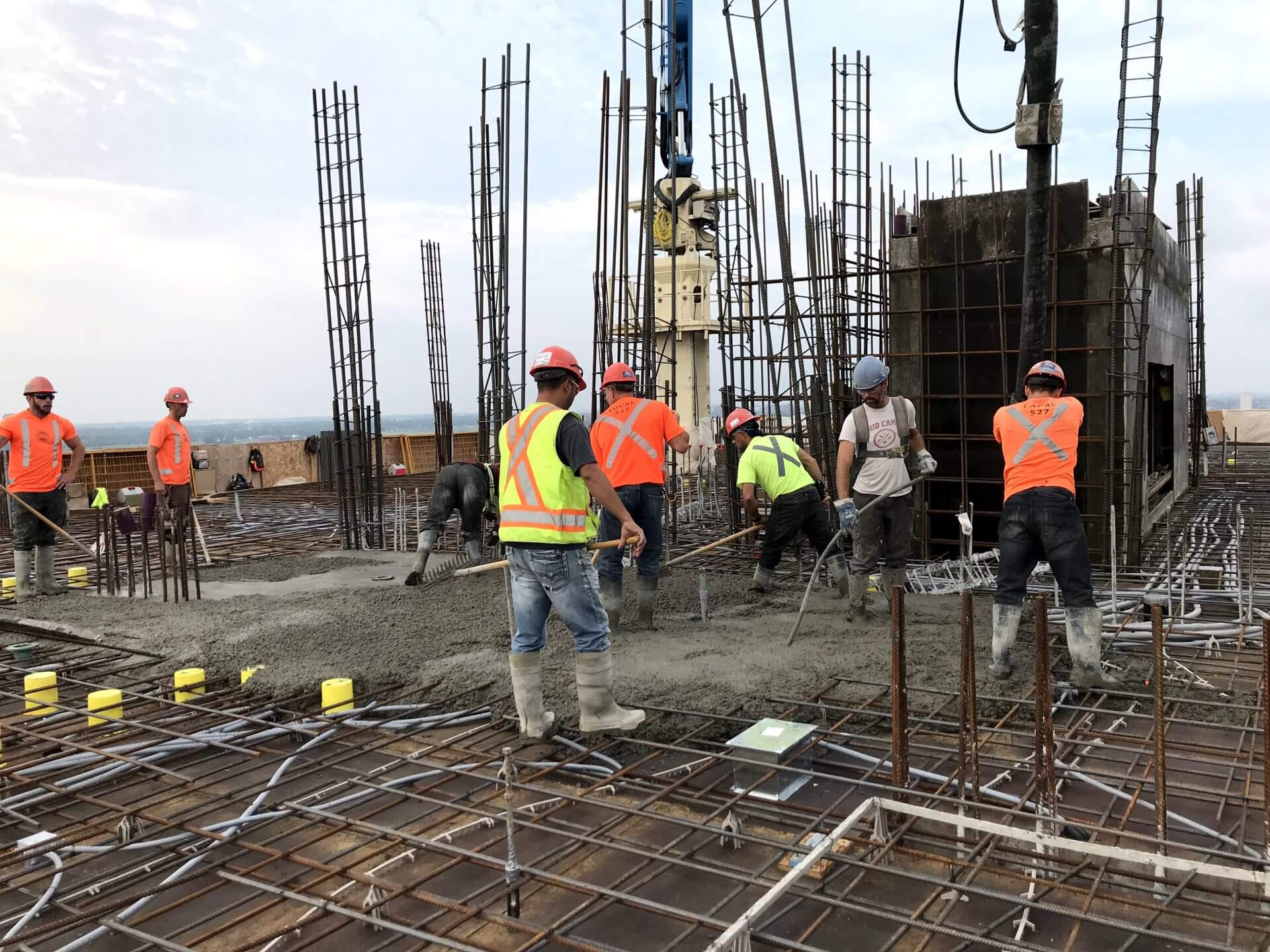Escalating Skilled Labor Crisis Plagues Infrastructure Companies 2023

Escalating Skilled Labor Crisis Plagues Infrastructure Companies 2023
In recent years, the infrastructure industry has seen a concerning trend: a rising shortage of skilled labor. As major economies embark on ambitious projects to modernize their infrastructure, the demand for skilled labor has outstripped supply, leading to project delays, increased costs, and concerns about the future viability of crucial infrastructure projects.
A significant portion of the skilled labor in infrastructure belongs to an older demographic nearing retirement. The industry has struggled to attract younger talent, leading to a declining workforce.

As economies continue to evolve and industries advance, infrastructure firms worldwide face a significant challenge: a worsening shortage of skilled labour.
This deficit not only affects project timelines and budgets but also raises concerns about the quality and safety of infrastructure projects. Understanding the underlying reasons for this shortage and its implications can help stakeholders address the issue effectively.
At its core, a skilled labor shortage occurs when there is a higher demand for workers with specific skills than the supply available. For infrastructure firms, this means not having enough qualified engineers, construction workers, project managers, and other essential personnel to undertake and complete projects.

Several factors contribute to the deepening skilled labour crisis in the infrastructure sector:
- Many skilled workers in infrastructure are nearing retirement. As they leave, there’s a lack of younger workers with the necessary experience to replace them.
- Not enough students are graduating from technical and vocational schools with the specialized skills required in infrastructure. The emphasis on more general tertiary education has left a gap in trade-specific education.
- As infrastructure projects adopt newer technologies, there’s a demand for workers adept with these advancements. Training existing workers or finding those already skilled in these areas is a challenge.
- Booming economies often mean more infrastructure projects, exacerbating the demand for skilled workers. Conversely, during economic downturns, many skilled workers might leave the industry or even the country in search of better opportunities, further depleting the available talent pool.
Without the necessary workforce, projects get delayed, affecting timelines and incurring additional costs.Firms might have to pay higher wages to attract and retain skilled labour, driving up project costs.A shortage could lead to hiring less qualified personnel, potentially compromising the quality of projects.

Inadequately trained or overworked personnel can lead to safety hazards on-site, endangering lives and further delaying projects.
Re-emphasize the importance of vocational and trade schools, ensuring they align with the current needs of the industry.Offer programs to help existing workers learn new technologies and techniques.Through scholarships, internships, and awareness campaigns, encourage younger generations to consider careers in infrastructure.
Consider hiring skilled labour from other countries and regions to fill the gap.
the skilled labour shortage is a pressing concern for infrastructure firms. Addressing this challenge requires foresight, collaboration, and strategic investments in education and training. Only through concerted efforts can the industry hope to build a resilient and skilled workforce for the future.
Training programs, apprenticeships, and internships that historically fed the industry with fresh talent have not kept pace with the growing demand. Moreover, the rapid advancement of technology means that the required skill sets are constantly evolving, making regular training imperative.
Infrastructure jobs, often seen as demanding and less glamorous compared to tech or finance roles, struggle to attract millennials and Gen-Z. In some regions, robust economies have created competition for labor across sectors, diverting potential recruits to other, more lucrative industries.
Without enough skilled workers, project timelines are stretched, leading to significant delays. This not only impacts the immediate stakeholders but can also affect broader community objectives.

The law of supply and demand means that with fewer skilled workers available, wages rise. Additionally, project inefficiencies related to the shortage can inflate budgets.
A shortage of skilled workers can compromise the quality of infrastructure projects. The rush to fill positions can lead to hiring less qualified workers, leading to potential safety and longevity issues for the built infrastructure.
For many nations, infrastructure development is directly linked to economic growth. With delayed projects, the expected economic boosts are postponed or diminished.
Partnering with educational institutions to develop curriculum tailored to the industry’s needs can create a steady inflow of trained professionals.
Through marketing and outreach, the infrastructure sector can be positioned as innovative and essential, appealing to younger generations.Leveraging technologies such as automation, AI, and augmented reality can offset some labor needs and attract tech-savvy younger professionals.
Offering competitive wages, benefits, and clear career progression can lure potential candidates.

Infrastructure firms can collaborate internationally, pooling resources and sharing labor forces, to mitigate shortages in specific regions.
The skilled labor shortage in the infrastructure sector is a multifaceted issue that demands comprehensive strategies. By understanding its root causes and implications, stakeholders can take proactive measures, ensuring that the infrastructure of the future is built on a solid foundation of skilled professionals.




